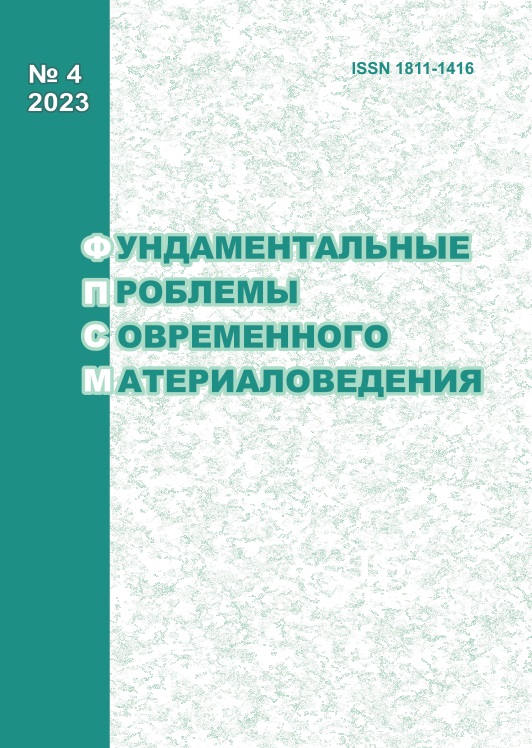REVIEW OF RECENT ACHIEVEMENTS IN THE FIELD OF ELECTROPLASTIC METAL FORMING
10.25712/ASTU.1811-1416.2023.04.006
Keywords:
metal forming, electroplastic effect, crystal structure defects, electron wind, inhomogeneous release of Joule heat, skin effect, pinch effectAbstract
Electroplastic metal forming (EMF) technology is a relatively new metal forming process that is energy efficient, environmentally friendly, and versatile. In particular, it can be used to process metals or alloys that are difficult to process using conventional manufacturing processes. The effect of electroplasticity was discovered by Soviet scientists, but at present Russia has lost its primacy in its practical application. Currently, in all technologically advanced countries, active research and technological developments in the field of EMF are being carried out. In Russia, several active groups are working to close the emerging gap. The practical expediency of using the effect of electroplasticity in metal forming is beyond doubt, at the same time, it is recognized that the physical mechanisms for implementing this effect remain not fully understood and continue to be actively discussed. Competing ideas such as the electron wind and inhomogeneous Joule heat release continue to be discussed, and the influence of skin and pinch effects is considered. Significant advances have been made in EMF over the past decade and this review summarizes the current state of the problem and describes recent developments in EMF. Particular emphasis is placed on the description of the mechanisms responsible for the electroplastic effect and the evolution of the microstructure of metals and alloys subjected to such treatment. Also discussed are the problems facing theorists and experimenters to improve the efficiency of EMF processes. A forecast is made of the efficiency of using EMF at enterprises of small and medium-sized metallurgical processing.











 Journal «Fundamental’nye problemy sovremennogo materialovedenia / Basic Problems of Material Science»
Journal «Fundamental’nye problemy sovremennogo materialovedenia / Basic Problems of Material Science» This work is licensed under a
This work is licensed under a 
